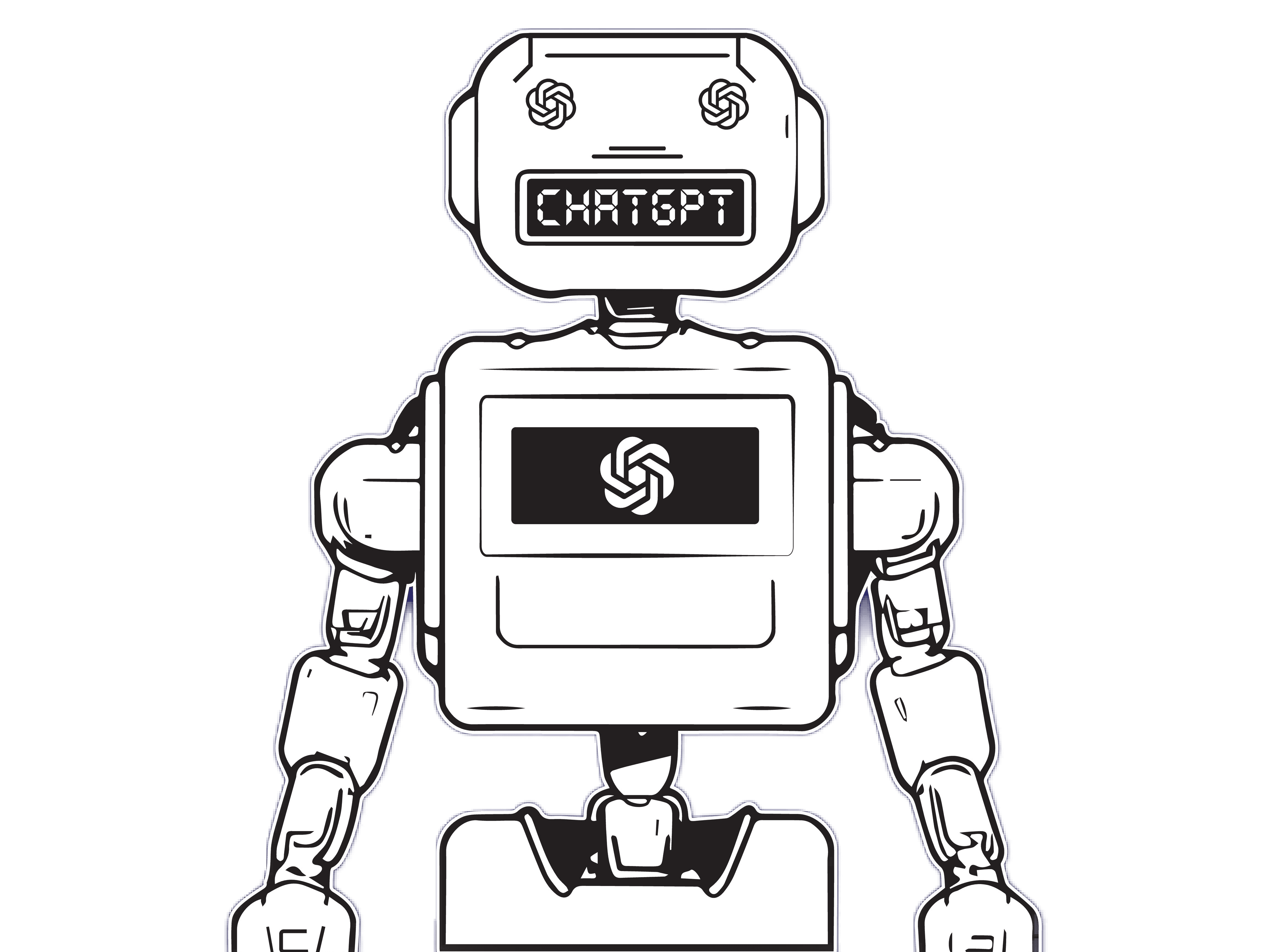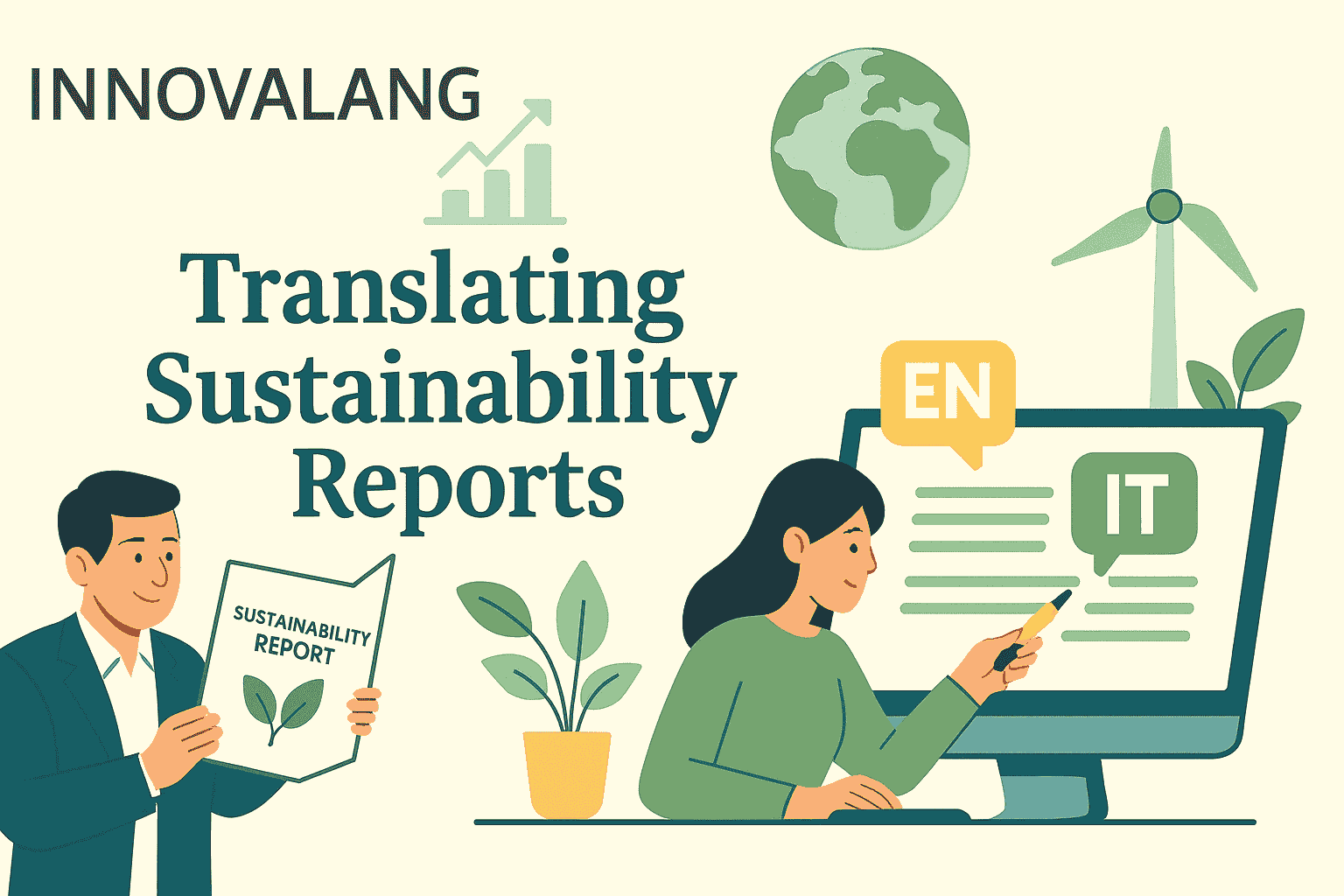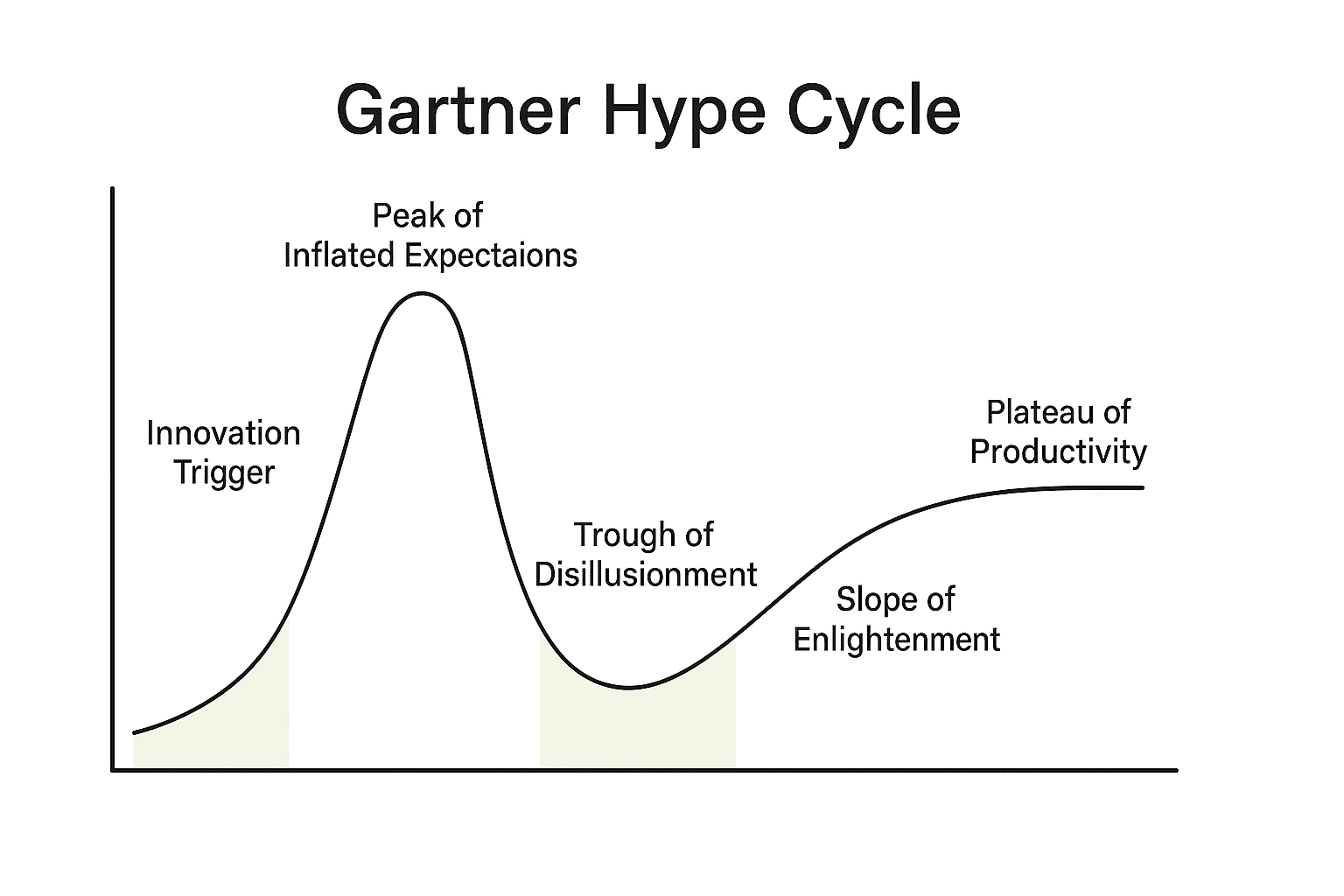How long will the patent translation market last?
Patent translation constitutes a core, economically significant and strategically robust business for dozens of LSPs (Language Service Providers) and thousands of translators, given the intrinsic and necessary skills required to successfully carry it out, and given its positioning both in the legal translation arena and in technical-scientific translation specializations.
It’s worth noting that this market positions itself within a key scenario for global economies, namely that of innovation, whose literature must necessarily apply norms of precision and formal and terminological accuracy. Moreover, it should respect the principle of linguistic democracy as enshrined in the European Constitution, safeguarding the right to comprehension and accessibility in the national language in which one feels most comfortable.
From our vantage point, however, we note three threats to the professional patent translation market: the London Agreement on the European Patent, the Unitary Patent (aka European Patent with unitary effect), and machine translation, with or without AI. Let’s briefly examine them in order.
The London Agreement on the European Patent
The idea of a common and harmonized patent dates back to the beginnings of the European patent system; however, the consequences are controversial, as evidenced by the issue of patent translation. Reducing the number of languages in which patents need to be translated, in order to cut costs, contradicts the right to access patent information presented in a familiar language. The proposal (2001) from the European Commission, Directorate-General for Internal Market, recommended fewer translations, at the expense of the amount of compensation claimable by those infringing a patent that has not been translated into a language known to them.
The governmental conference of the contracting states of the European Patent Organisation on the reform of the European patent system (Paris, June 24-25, 1999) appointed a “Dispute Regulation” working group and a “Cost Reduction” working group tasked with submitting a report to the governments of the contracting states demonstrating the possibility of reducing translation costs for European patents into their respective national languages by about 50%. This working group developed a proposal for an agreement on the application of Article 65 of the EPC (European Patent Convention).
According to this agreement, all states having an official language among the three official languages of the EPO (European Patent Office) waive their right to require a translation of European patents into their language but maintain the claims in the three official languages of the EPO (English, German, French). On the other hand, if a contracting state has no official language in common with the EPO, it retains the right to require a translation of the claims into one of its official languages.
However, it waives the right to require a complete translation of the entire European patent specification (description, abstract, figure captions) into one of its official languages if the patent has been granted in one of the languages of the EPO that it has previously designated or if it has been translated into such a language. Each state also retains the right to require the patent holder, at its own expense, to provide a complete translation of the European patent in the event of a dispute.
These rules were formalized in a document called the London Agreement, in October 2000, signed and ratified by a “qualified majority” through the institution of “Enhanced Cooperation”. According to EPO documentation, the London Protocol would have led to a 45% reduction in translation costs, and naturally its main sponsors were Germany, the UK, and France, with the equally predictable endorsement of the United States, whose Patent Office had previously declared: “The entire world must understand that English is THE language for intellectual property.”
It’s surprising that even France expressed substantial approval in the face of such linguistic arrogance, but the MEDEF and the belief in having a strong language internationally played a bad trick on the local translation sector and the use of French language in patent fields.
As for Italy, our Parliament has not ratified the London Protocol, although in the past (e.g. Confindustria 2007) there have been pressures for its implementation. However, the sword of Damocles continues to hang, and it is in the hands of political decision-makers often poorly competent in communication, linguistics, strategy, and innovation. However, the London Protocol is optional: European states are free to apply it or not.
The Unitary Patent
On March 3, 2003, an agreement was reached on the Unitary Patent aimed at drastically reducing patent translation costs in Europe. This agreement was based on a compromise proposal – mainly on costs and language regimes – which took into account some elements of the debate about the high cost of patents in Europe, patent coverage in European countries, and legal certainty for patent disputes. In 2000, the Commission had presented a proposal for a regulation establishing the Unitary Patent (COM (2000) 412).
The intention of the Unitary Patent is to enable patent applicants to obtain, with a single application, a single legally valid patent throughout the EU at a considerably lower cost than the current one, mainly by reducing the permitted languages and translations. The language regime envisaged for the Unitary Patent is the EPO’s trilingual regime, i.e. English, French, and German. Therefore, applications must be drafted in one of these languages to be admissible.
The European patent system is based on two international treaties: the Munich Convention on the European Patent (EPC) of 1973, and the Luxembourg Convention on the Community Patent (CBC 1975), which today is an integral part of the Agreement on the Unitary Patent, signed in 1989 (ABC 1989). The Unitary Patent established by the CBC was intended to combine the multiplicity of protection titles resulting from the granting of a European patent into a single unitary and autonomous protection title for the entire European Community.
The objectives of the EPC and the ABC are different but complementary. The EPC aims to rationalize patent granting through the introduction of a centralized procedure for the European Patent managed by the EPO in Munich: it is therefore open to the accession of any European state. The ABC aims to achieve the objectives of the European single market, in particular, the establishment of equal conditions of competition and the free movement of goods, therefore through the institution of the Unitary Patent.
With the creation of the Unitary Patent, unlike the European Patent, it is intended to give inventors the opportunity to obtain a single legally valid patent throughout the European Union. The advantages (a) derived from this system would be as follows:
1a. easier rights management, as there would no longer be a national phase transition, with a theoretical reduction in expenses;
2a. avoiding the multiplication of actions for infringement in each Member State, as the plaintiff could concentrate their actions where the defendant is domiciled;
3a. with the establishment of a central judicial body (as originally intended) competent to pronounce on the interpretation and validity of the community patent, greater legal certainty would be ensured;
4a. a substantial reduction in patent costs, especially those related to translation and filing.
But… Some disadvantages (d) cast a shadow over the supposed convenience of this model:
1d. the agreement on patent maintenance fees results in a loss of revenue for national patent offices, so the agreement leads to a break-even point, convenience-wise, compared to the European Patent, only in cases where the latter is nationalized in 4-5 countries, which is an inconvenient break-even point for a large part of the filings;
2d. from the patent holder’s perspective, the prospect of being exposed to the consequences of a single legal action across Europe may not be attractive or convenient, whereas with the European Patent, one protects oneself nation by nation;
3d. whereas the European patent and the national institutes dealing with the matter have a vast literature of legal precedents to refer to, the Unitary Patent starts almost “virgin”, so disputes without clear foundations and a long period of experimentation to the detriment of the “guinea pig” holders of the Unitary Patent are predictable and extremely likely… Not to mention the stalemate that Brexit has brought to the allocation of the oxymoronic “single European court” (the other two are in Munich and Paris) which would have been in London, even in its extreme attempt to leave obligations and maintain advantages within the community framework. Recently, Milan has been mentioned as an alternative venue for departing Britons, but the advantage Italy would gain is not clear in any case;
4d. in the registration and filing stages, a possible (theoretical) strong saving in translation will be guaranteed, but everything that follows in terms of litigation will be borne by the patent holder, and at probably much higher costs (legal translation on average costs much more than patent translation).
So, the Unitary Patent can be filed in the national language and must be translated into one of the EPO official languages. The claims, on the other hand, must necessarily be translated into the various national languages in order to validate their legal protection. Here we recall that claims count, in terms of text compared to the description, in the majority of cases for 5-15% of the total.
Now we are well into 2024, and despite the fact that in 2013 the Community Patent was ratified by 26 out of 27 EU countries (all except Spain), and in 2015 it was also approved by Italy, the Unified Court then became tripartite, with one of the seats in the UK, then came Brexit… In short, for all the reasons listed above, the Unitary Patent is far from being a true alternative to the European Patent.
And what about linguistic discrimination? Well, in 2011 Italy and Spain contested the use of Enhanced Cooperation to introduce the English/German/French trilingual regime on the community patent, as it was not in line with European treaties, but in 2013 the European Court rejected the claim. Spain immediately followed up with two further complaints, both again rejected by the European Court in 2015, a year in which Spain (still to this day) held its ground on the principles expressed in the previous complaints, and instead Italy, as already mentioned a few lines above, joined the Community Patent treaty, accepting its regulations.
The European regulation supporting the Unitary Patent provides, among other things, for the provision of an automatic translation service, but, citing the words contained in the regulation itself: “For information purposes only and should not have any legal effect”. An interesting disclaimer, given that deposited patents and their translations are legally binding documents. However, this curious point leads us to the third argument of this article: the validity of machine translation in patent translation.
Machine Translation
In addition to the “service” (not further specified) of automatic translation promised (but not recommended for formal purposes) by the Unitary Patent regulation, for some decades now the EPO has been working on its own platform in collaboration with eminent developers and with enormous resources and corpora, even commercializing it, but always distancing itself from the responsibilities implied in its professional use.
All this would seem to contradict the long-standing enthusiasm of the Language Industry regarding the progress of MT from statistical to neural and about the quality expressible in MTPE (Machine Translation Post Editing, for the uninitiated: it means having human revisers correct the imperfections of machine translation called “post-editors”).
The reality is that one must deal with a simple observation: patents are legally binding documents, so in certain cases, a misplaced comma is enough to change the scope of protection with potentially million-dollar losses. Let alone if we lose pieces of text around, or if we call a single element or process by different names in translation, as often happens even by the most advanced machine translation systems, and in the post-editing phase, it is difficult to notice and “fix” a base too rough to lead to a correct and compliant translation as per general specifications of patent translation.
Computer technology applied to rules, statistics, neural networks/artificial intelligence and computational linguistics is making continuous progress, but as we approach the feared but ambitious achievement of the “Turing Test” (when a human being will no longer be able to distinguish whether they are communicating with another human being or a robot), the advancement curve becomes slower and slower, and the stumbling block of semantic contextualization remains the major critical point for researchers and developers.
Where MT stands for Machine Translation, PE stands for Post Editing, HT stands for Human Translation, and QC stands for Quality Check, the claimed equation
MT + PE = HT + QC
doesn’t hold true for the vast majority of quality tests considering semantics, terminology/lexicon, concordance, syntax, morphosyntax, spelling, completeness, formatting, and style, while the reality lies in a more honest representation
(MT*k) + PE < HT + QC
where k is a variable with a value of 0 < k < 1 inversely proportional to the errors made by MT, therefore progressively tending to 1.
Of course, costs follow the same inequality: MTPE is cheaper than human translation + revision, so, assuming the related risks resulting from an average lower quality (which range from a perception of inadequacy to serious legal issues), it is, as often happens, all about money…
Probably, to solve the delicate passage of semantic contextualization, a further change of paradigm compared to the rules and approaches applied so far will be necessary. Ray Kurzweil, one of the world’s leading experts in Artificial Intelligence, and a proponent of the concept of Singularity, identified the time horizon in 2029: regardless of this prediction, it is reasonable to think that within a few years the Turing Test will be overcome, thus tending to an inequality MT > HT; but at that point, it will still take years before the applications capable of this are put on the market at affordable prices.
In short, agencies and professionals in the Language Industry operating in the field of patent translation apparently walk on a mined field. However, an in-depth analysis of the characteristics of the field itself leads us to cautious optimism, at least in the medium term, about the overall resilience of our reference markets.
InnovaLang has adopted, in this regard, a “mixed” strategy: we continue to focus on patent translation, thanks to the constant increase in orders that has recently led us to exceed the threshold of 30,000 translated patents; at the same time, we diversify our markets with highly innovative companies, in the Legal sector, in translations for Web Agencies, and in the development of solutions oriented towards quality and training in AI; furthermore, we develop with our experts in artificial intelligence and computational linguistics machine translation systems that allow us to contribute to them and to progressively monitor the state of the art from within, to be prepared when machines exceed the computational, learning, and adaptation capabilities of the human brain.
In an article already published on this blog, you can also have a look to our project on Machine Translation / AI!
An article by Federico Perotto, Founder & CEO – InnovaLang






